Home>Gardening & Outdoor>Landscaping Ideas>How To Regrow My Grass
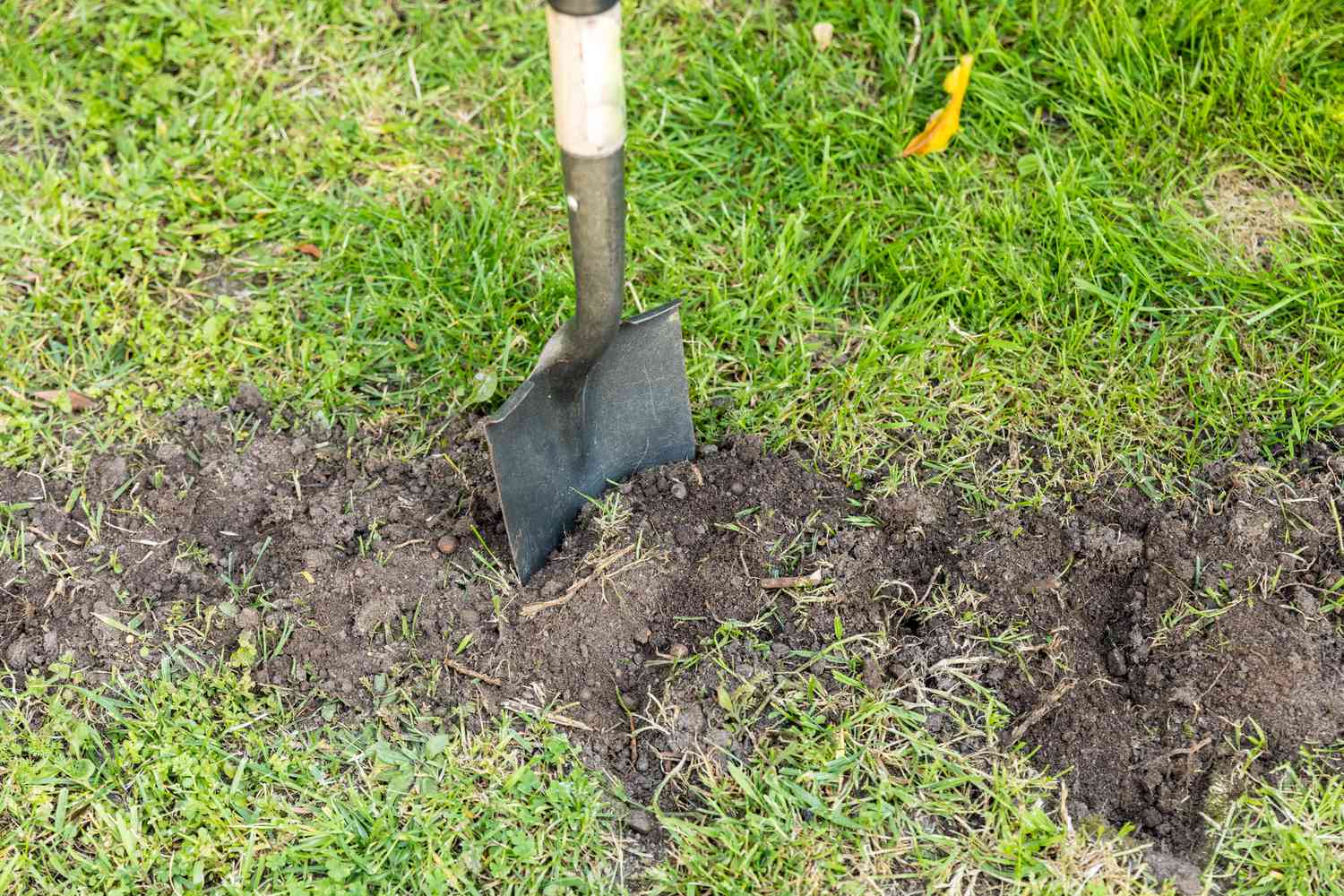

Landscaping Ideas
How To Regrow My Grass
Modified: February 18, 2024
Learn effective landscaping ideas to regrow your grass and transform your lawn. Discover expert tips for regenerating your lawn with our comprehensive guide.
(Many of the links in this article redirect to a specific reviewed product. Your purchase of these products through affiliate links helps to generate commission for Storables.com, at no extra cost. Learn more)
Introduction
So, your once-lush lawn is looking a bit lackluster, with bare patches and thinning grass creating an eyesore in your yard. Don't despair; regrowing your grass is a rewarding and achievable endeavor that will breathe new life into your outdoor space. Whether it's due to heavy foot traffic, pet damage, or inclement weather, regrowing your grass can revitalize your lawn and restore its vibrancy.
In this comprehensive guide, we will explore the step-by-step process of regrowing your grass, from assessing the damage to choosing the right grass seed, preparing the soil, planting the seed, and providing essential care and maintenance. We'll also delve into troubleshooting common issues that may arise during the regrowth process, ensuring that you are well-equipped to overcome any challenges.
By the end of this journey, you'll have the knowledge and confidence to transform your lackluster lawn into a verdant oasis that enhances the beauty of your home. Let's roll up our sleeves and embark on this green-fingered adventure together!
Key Takeaways:
- Choose the right grass seed based on your climate, maintenance level, and environmental factors to ensure successful regrowth and a lush, resilient lawn that suits your lifestyle and preferences.
- Prepare the soil thoroughly, plant the seed with care, and provide consistent watering and maintenance to nurture your regrowing grass into a healthy, vibrant lawn that enhances your outdoor space.
Read more: How To Regrow Burnt Grass
Assessing the Damage
Before diving into the regrowth process, it’s crucial to assess the extent of the damage to your lawn. This step allows you to identify the underlying causes of the deterioration and determine the most effective course of action to restore your grass to its former glory.
Start by closely examining your lawn, paying attention to areas with sparse or bare grass. Take note of any visible signs of wear and tear, such as compacted soil, excessive thatch buildup, or the presence of weeds. Additionally, consider environmental factors that may have contributed to the damage, such as excessive shade, poor drainage, or soil compaction due to heavy foot traffic.
By understanding the specific challenges your lawn is facing, you can tailor your regrowth strategy to address these issues effectively. For example, if your lawn experiences heavy foot traffic, choosing a durable, wear-resistant grass variety is essential. Similarly, if shade is a contributing factor, selecting shade-tolerant grass species will be crucial for successful regrowth.
Furthermore, assessing the soil quality is paramount to the regrowth process. Conduct a soil test to evaluate its pH levels and nutrient content, as these factors significantly impact grass growth. Armed with this information, you can make informed decisions regarding soil amendments and fertilization to create an optimal environment for new grass seed to thrive.
Remember, the key to successful regrowth lies in a thorough understanding of the underlying issues plaguing your lawn. By conducting a comprehensive assessment of the damage, you pave the way for targeted solutions that will set the stage for a lush and resilient lawn.
Choosing the Right Grass Seed
When it comes to regrowing your grass, selecting the right grass seed is a pivotal decision that will significantly influence the success of your lawn restoration efforts. With a myriad of grass species and varieties available, it’s essential to choose a seed that aligns with your specific lawn conditions, climate, and maintenance preferences.
Begin by considering the climate zone in which you reside. Different grass species thrive in varying climates, so it’s crucial to select a seed that is well-suited to your region’s temperature and precipitation patterns. For instance, cool-season grasses like Kentucky bluegrass and fescue are ideal for regions with cold winters and moderate summers, while warm-season grasses such as Bermuda grass and zoysia excel in areas with hot summers and mild winters.
Next, assess the level of maintenance you are willing to dedicate to your lawn. Some grass varieties require more frequent mowing, watering, and fertilization, while others are more low-maintenance. Consider your lifestyle and preferences to choose a grass seed that aligns with your desired level of lawn care commitment.
Additionally, take into account specific environmental factors that may impact grass growth in your yard, such as shade, soil type, and foot traffic. If your lawn receives ample shade, opt for shade-tolerant grass species to ensure optimal growth. Likewise, if your yard experiences heavy foot traffic, select a durable, wear-resistant grass variety that can withstand the rigors of frequent use.
For areas with poor soil quality, consider grass seed blends that contain species with robust root systems and nutrient-efficient traits to improve soil structure and health over time. These blends can help mitigate soil compaction and enhance overall lawn resilience.
By carefully evaluating these factors and consulting with local gardening experts or extension services, you can make an informed decision when choosing the right grass seed for your lawn. This thoughtful selection process sets the stage for successful regrowth and the cultivation of a lush, resilient lawn that enhances the beauty of your outdoor space.
Preparing the Soil
Before sowing the seeds for your new grass, it’s crucial to prepare the soil to create an optimal environment for germination and growth. Soil preparation sets the stage for successful regrowth, ensuring that the newly planted seeds have the best possible conditions to establish strong roots and thrive.
Start by removing any debris, rocks, or existing vegetation from the areas where you plan to sow the grass seed. Clearing the soil of obstacles allows for better seed-to-soil contact and prevents potential barriers to seedling emergence.
Next, address soil compaction, which can hinder grass root development and water penetration. Aerating the soil using a garden fork, core aerator, or mechanical aerator helps alleviate compaction, promoting improved air and water movement within the soil. This step is particularly crucial in high-traffic areas where compaction is more likely to occur.
Following soil aeration, consider the soil’s nutrient content and pH levels. Conduct a soil test to assess its fertility and pH, as this information guides the application of soil amendments and fertilizers. Adjusting the soil’s pH to the appropriate range for grass growth, typically between 6.0 and 7.0, creates an optimal environment for the new grass seed to thrive.
Introducing organic matter, such as compost or well-rotted manure, to the soil enhances its structure, promotes microbial activity, and improves nutrient retention. Incorporating organic matter also contributes to long-term soil health and fertility, laying the groundwork for sustained grass growth and vitality.
Finally, ensure that the soil surface is smooth and level before seeding. Raking the soil gently creates a fine, even seedbed, providing an ideal foundation for seed germination and establishment. By taking these preparatory steps, you create an environment that maximizes the potential for successful grass regrowth, setting the stage for a lush and resilient lawn.
Planting the Seed
With the soil carefully prepared, it’s time to sow the seeds and kick-start the regrowth process. Planting the grass seed requires attention to detail and a methodical approach to ensure optimal seed-to-soil contact and germination. By following these steps, you can set the stage for successful grass establishment and a lush, vibrant lawn.
Begin by selecting a high-quality grass seed that aligns with your lawn’s specific needs and environmental conditions. Ensure that the seed is fresh, free of weeds, and consists of species and varieties well-suited to your climate, soil type, and maintenance preferences.
When sowing the seeds, use a broadcast spreader or handheld spreader to distribute the seed evenly across the prepared soil surface. Apply half of the seed in one direction and the remaining half perpendicular to the first direction to achieve uniform coverage. This method helps prevent patchy growth and promotes a consistent, dense lawn as the seeds germinate and mature.
After spreading the seed, lightly rake the soil to cover the seeds with a thin layer of soil or compost. This ensures that the seeds are in direct contact with the soil, which is essential for germination. Avoid burying the seeds too deeply, as this can impede their ability to sprout and emerge from the soil.
Once the seeds are sown and covered, gently press the soil surface with a lawn roller or by walking over the area to ensure good seed-to-soil contact. This step promotes seed germination and helps prevent the seeds from being displaced by wind or water runoff.
After planting the seed, water the soil thoroughly but gently to provide the moisture necessary for germination. Use a fine mist or gentle spray to avoid dislodging the seeds or creating waterlogged conditions. Keep the soil consistently moist but not saturated to support seed germination and early seedling growth.
By following these planting guidelines, you establish the foundation for successful grass regrowth, fostering an environment where the seeds can germinate, establish strong root systems, and ultimately flourish into a lush, resilient lawn that enhances the beauty of your outdoor space.
Read more: How To Regrow Grass After Weed Killer
Watering and Maintenance
Once the grass seeds are planted, proper watering and maintenance are essential to support germination, seedling establishment, and long-term growth. Consistent care during the early stages of regrowth sets the stage for a healthy, vibrant lawn that will thrive for years to come. Here’s how to effectively manage watering and maintenance to nurture your newly planted grass.
Watering is critical during the germination and seedling establishment phases. Keep the soil consistently moist by lightly watering the seeded areas at least once or twice a day, depending on weather conditions. It’s important to avoid allowing the soil to dry out, as this can impede seed germination and hinder early growth. Be mindful of overwatering, as excessively wet conditions can lead to seed rot and other issues. A gentle, consistent watering routine is key to supporting successful germination and early seedling development.
As the grass seedlings begin to establish, gradually transition to less frequent but deeper watering sessions. This encourages the development of strong, deep root systems as the young plants seek moisture further into the soil. Monitor the soil moisture levels and adjust your watering schedule based on the weather and the specific needs of your lawn. Aim to maintain a balance, providing adequate moisture without creating waterlogged conditions.
Once the grass seedlings have reached a height of approximately 2 inches, it’s time to introduce a regular mowing regimen. Set your mower to a height that removes no more than one-third of the grass blade, promoting healthy growth and vigor. Mow regularly to encourage dense, lush turf and discourage weed establishment. Additionally, consider fertilizing the regrowing grass with a balanced, slow-release fertilizer to provide essential nutrients for sustained growth and resilience.
Throughout the regrowth process, keep a close eye on the lawn for signs of pests, diseases, or nutrient deficiencies. Promptly address any issues that arise to prevent them from impacting the newly regrown grass. Regularly inspect the lawn for weeds and remove them by hand or with targeted treatments to maintain the integrity of the regrowing turf.
By providing attentive watering, mowing, and maintenance, you nurture the regrowing grass, fostering its development into a lush, resilient lawn that enhances the beauty of your outdoor space. With consistent care and proper management, your efforts will yield a verdant oasis that you can enjoy for years to come.
Troubleshooting Common Issues
During the regrowth process, it’s not uncommon to encounter challenges that may hinder the successful establishment of new grass. By familiarizing yourself with common issues and their solutions, you can address these obstacles effectively, ensuring that your efforts yield a healthy, vibrant lawn.
Poor Germination
If you notice uneven or sparse germination of the grass seed, consider factors such as inadequate soil contact, insufficient moisture, or low-quality seed. To address poor germination, gently rake the soil to improve seed-to-soil contact, adjust your watering routine to ensure consistent moisture, and consider overseeding with high-quality grass seed to fill in any bare areas.
Weed Encroachment
Weeds can compete with new grass seedlings for resources and hinder their growth. To combat weed encroachment, manually remove weeds as soon as they appear, taking care to extract the entire root system. Consider applying a pre-emergent herbicide specifically formulated for new grass seed to prevent weed seeds from germinating without harming the developing grass.
Read more: Why Is My Dogs Pee Killing My Grass
Soil Compaction
Compacted soil can impede grass root development and water penetration. If you observe signs of soil compaction, aerate the soil using a garden fork, core aerator, or mechanical aerator to improve air and water movement. This process alleviates compaction, creating a more favorable environment for grass growth.
Pest Infestations
If pests such as grubs, chinch bugs, or armyworms threaten the regrowing grass, consider applying targeted insect control measures to mitigate the infestation. Utilize organic or chemical insecticides as appropriate, following the manufacturer’s instructions carefully to protect the regrowing lawn while addressing the pest issue effectively.
Disease Development
Keep an eye out for signs of fungal diseases, such as brown patch or dollar spot, which can impact the regrowing grass. To prevent and manage diseases, ensure proper air circulation, avoid overwatering, and promptly address any signs of fungal infection with appropriate fungicidal treatments. Proper lawn care practices, including mowing at the correct height and promoting good drainage, can also help prevent disease development.
Nutrient Deficiencies
If the regrowing grass exhibits signs of nutrient deficiencies, such as yellowing or stunted growth, consider conducting a soil test to assess the soil’s nutrient levels. Based on the test results, apply targeted fertilization to address any deficiencies and promote healthy grass growth. Utilize a balanced, slow-release fertilizer to provide essential nutrients without causing excessive, rapid growth.
By proactively addressing these common issues and implementing targeted solutions, you can overcome challenges that may arise during the regrowth process, setting the stage for a robust, thriving lawn that enhances the beauty of your outdoor space. With attentive care and informed troubleshooting, your efforts will yield a verdant oasis that you can enjoy for years to come.
Frequently Asked Questions about How To Regrow My Grass
Was this page helpful?
At Storables.com, we guarantee accurate and reliable information. Our content, validated by Expert Board Contributors, is crafted following stringent Editorial Policies. We're committed to providing you with well-researched, expert-backed insights for all your informational needs.
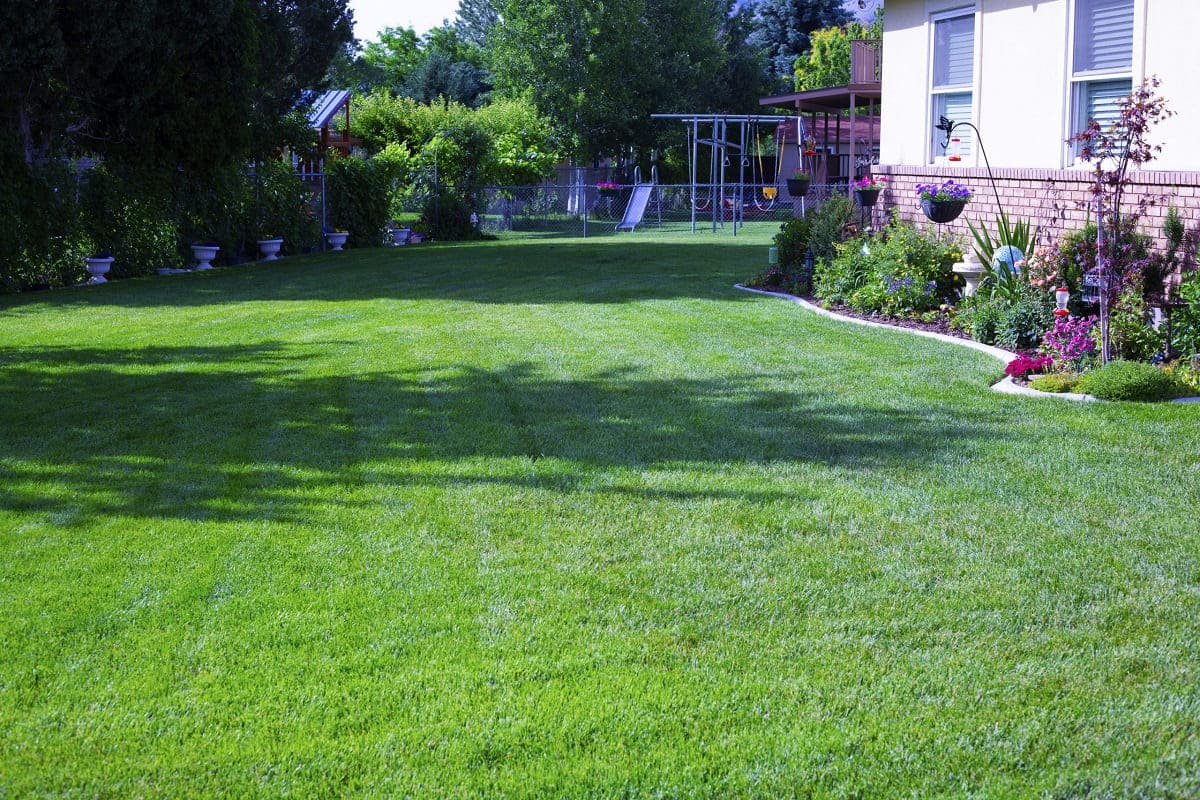
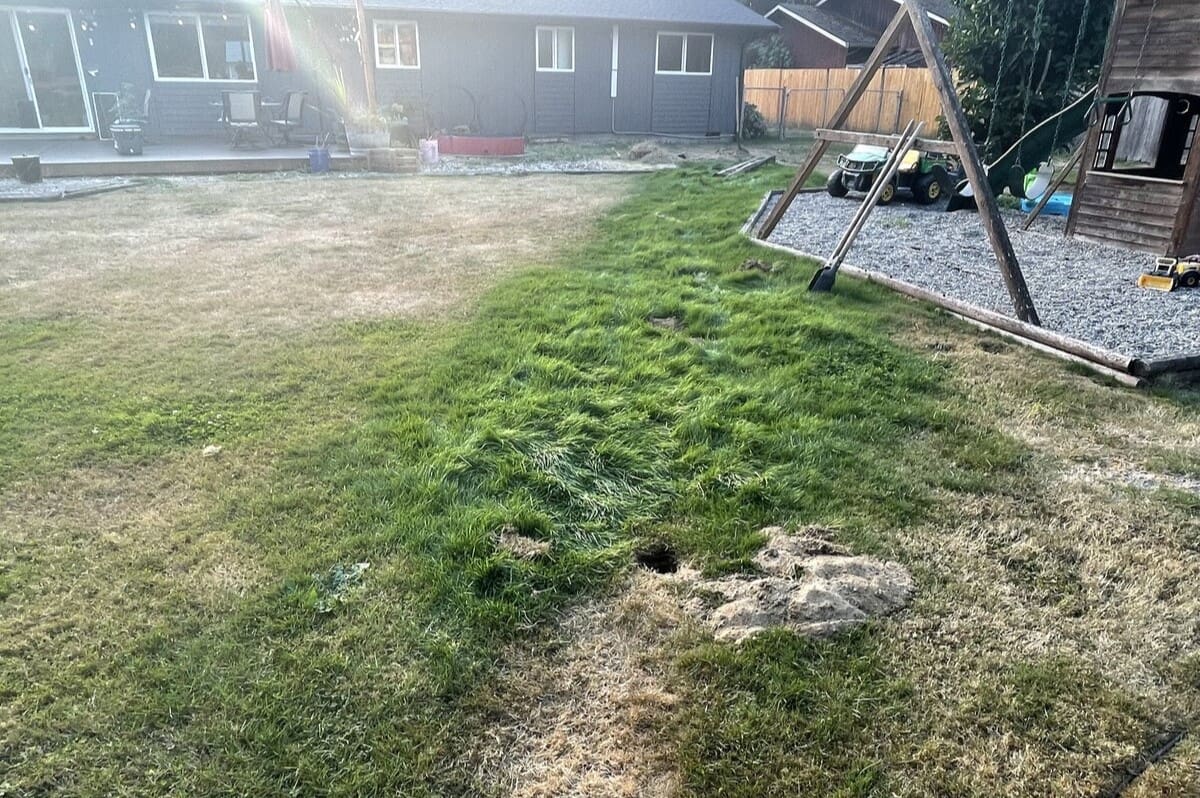
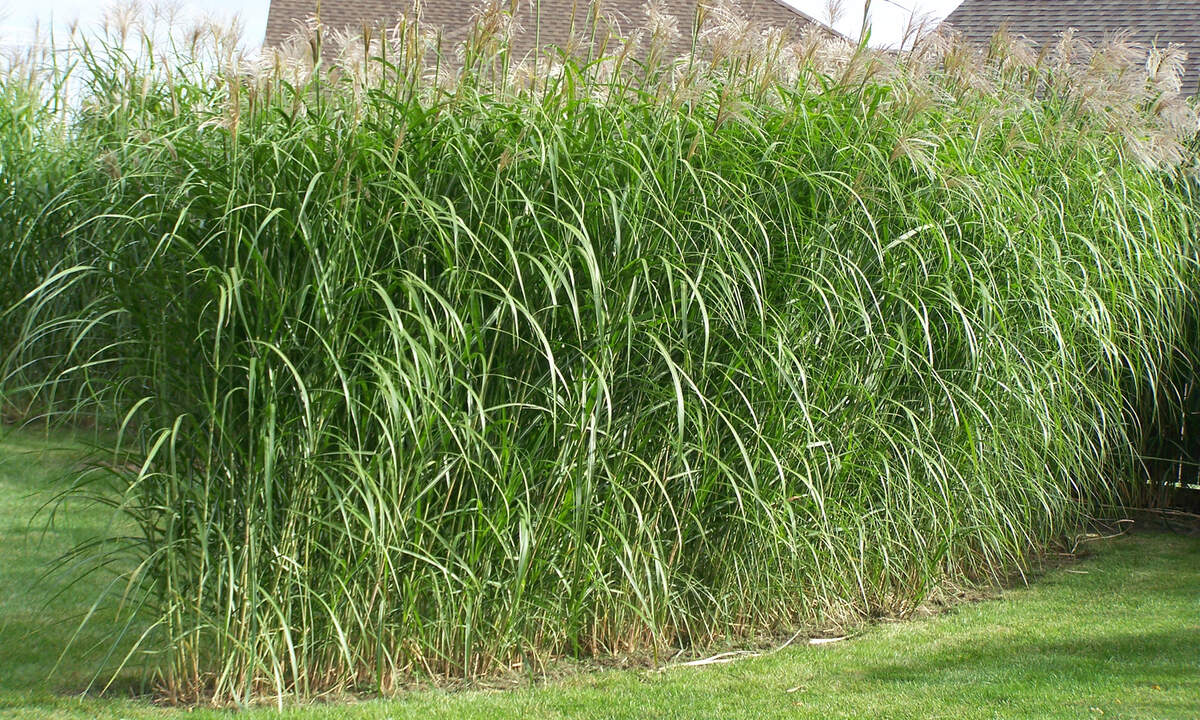
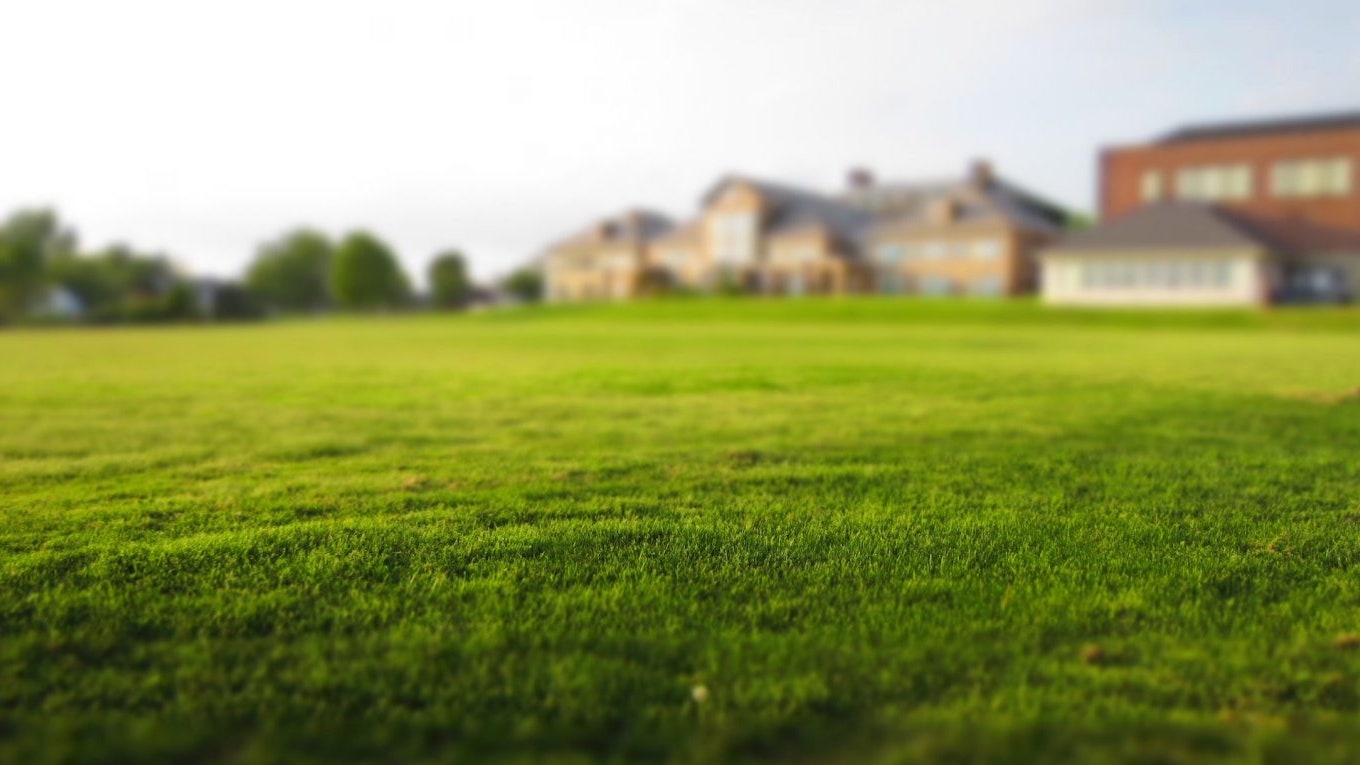

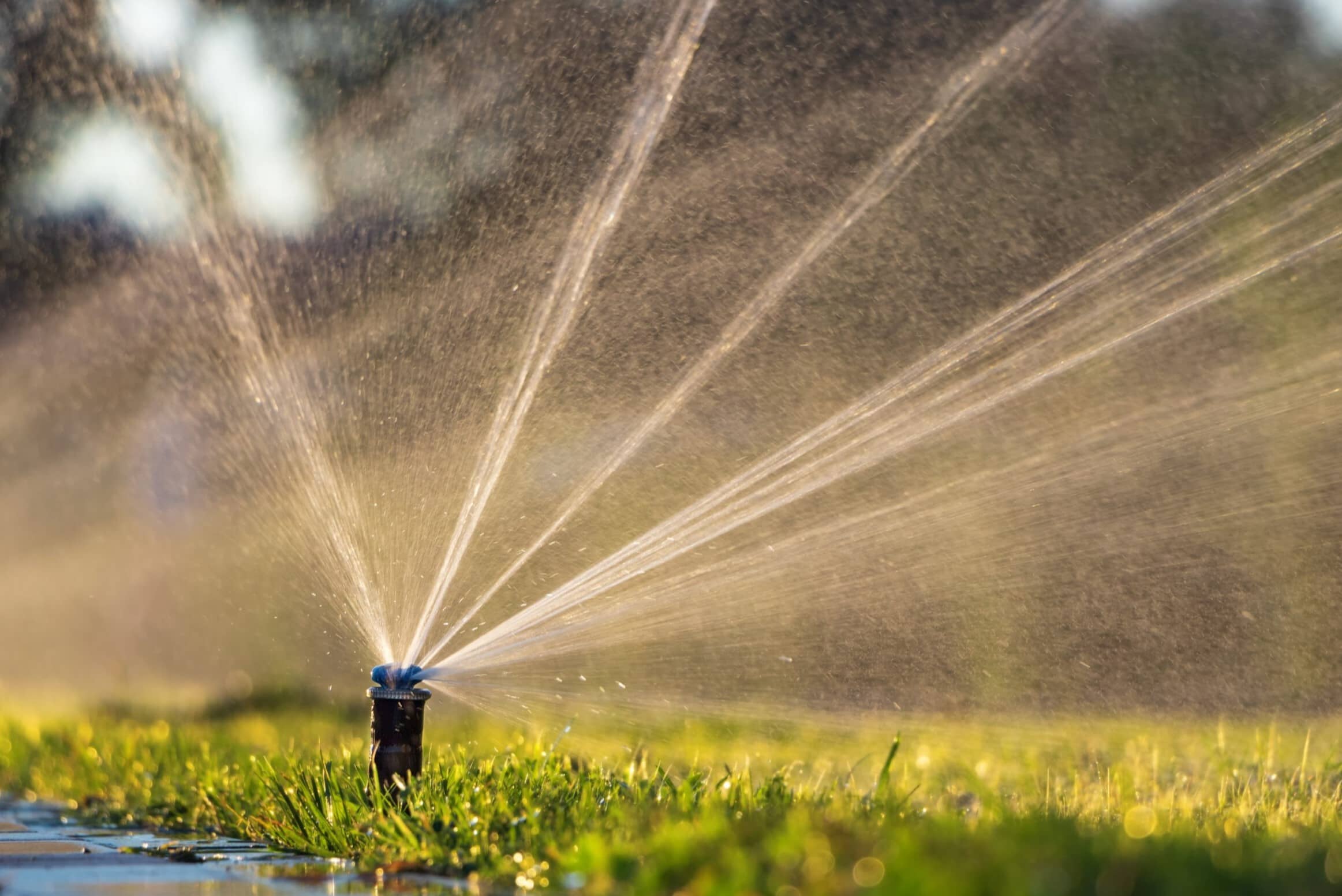
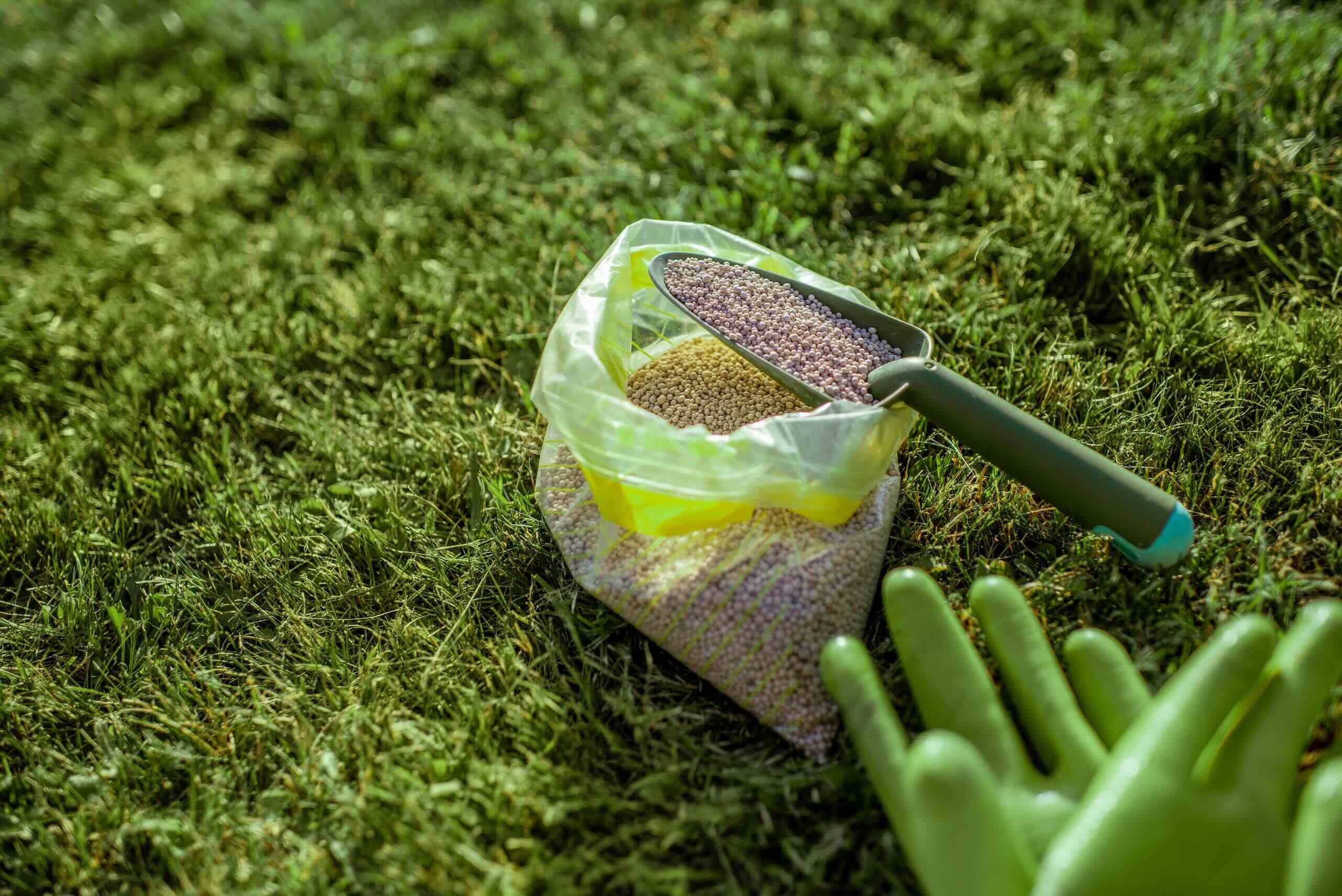
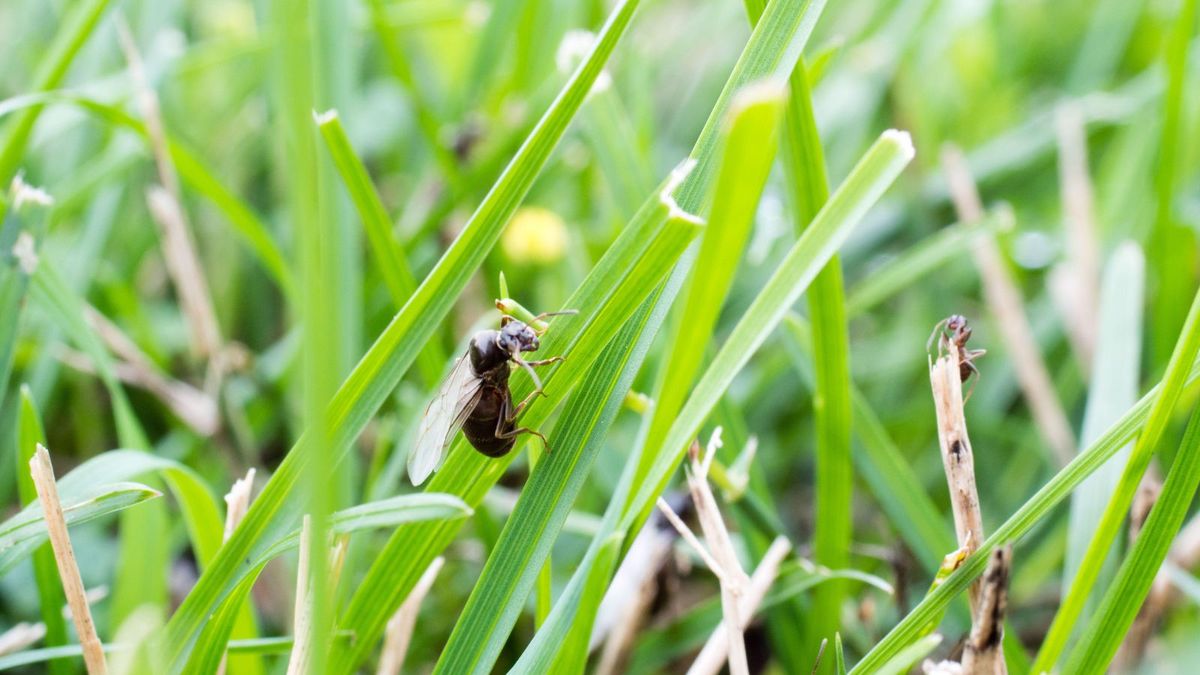
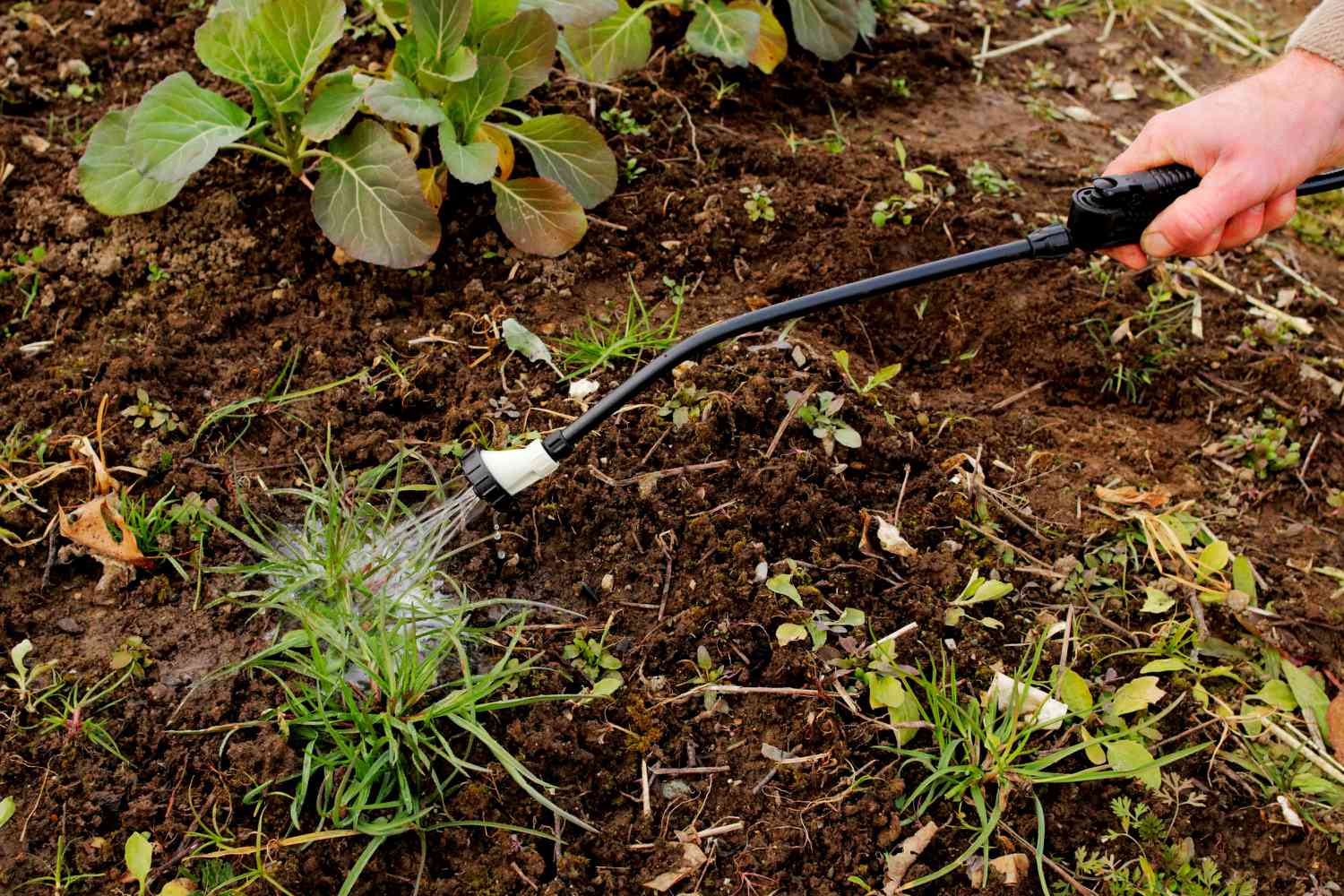
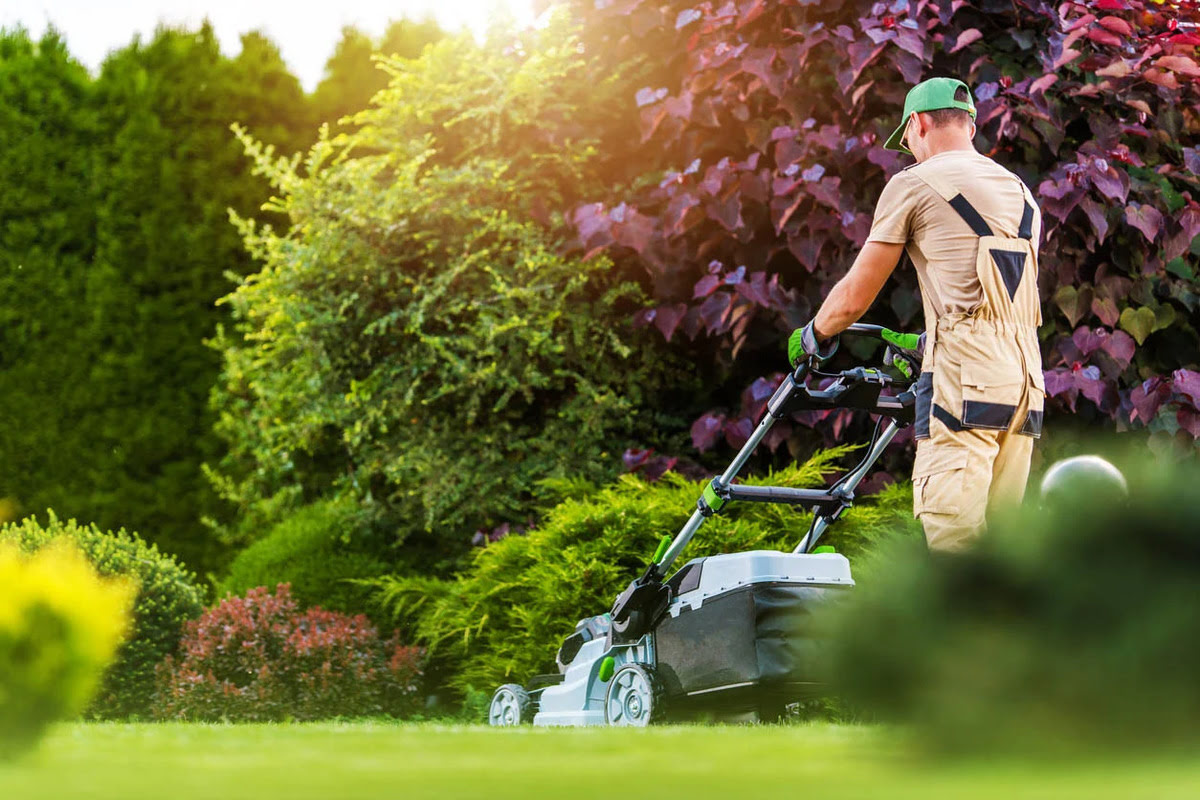
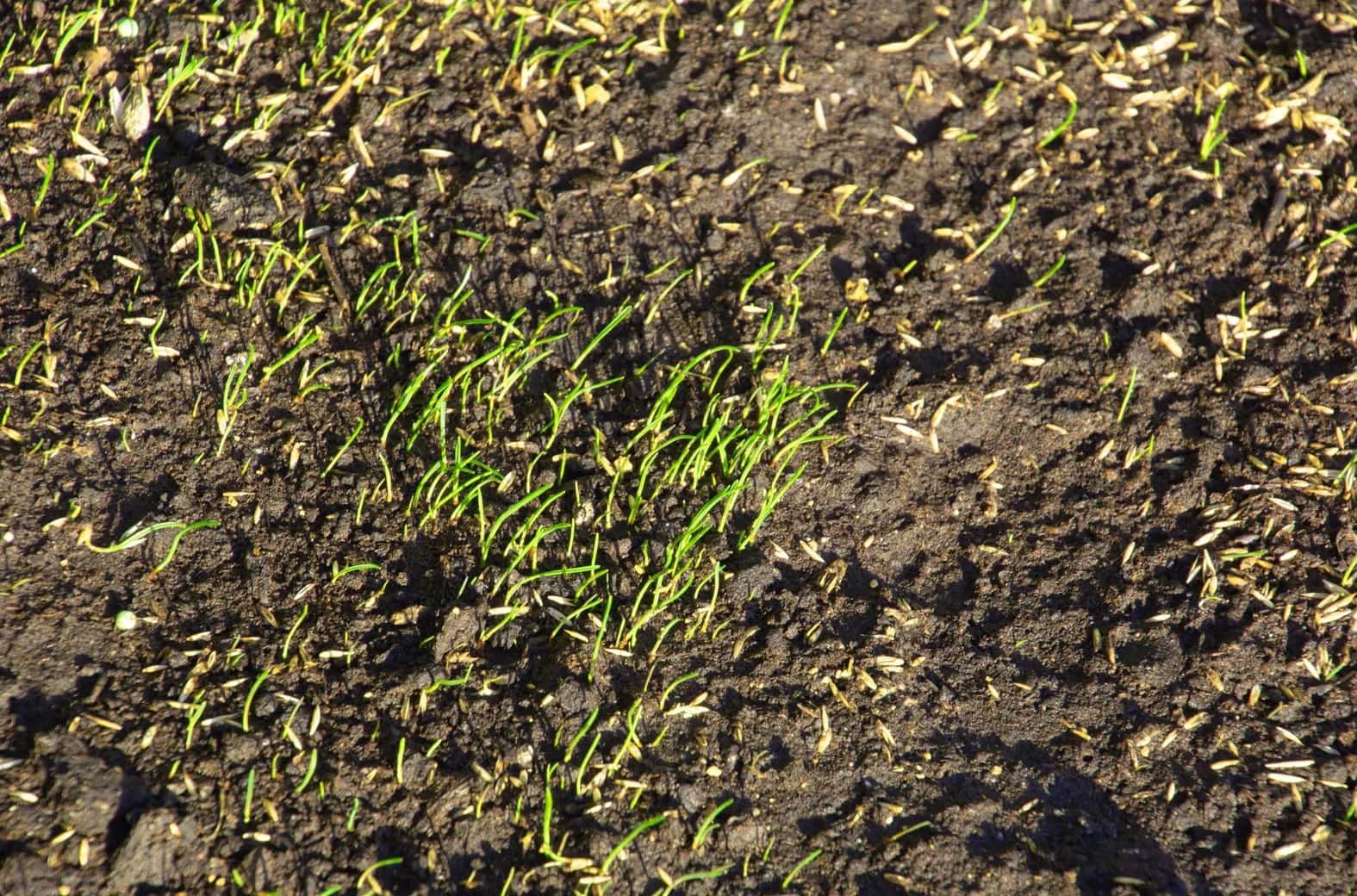
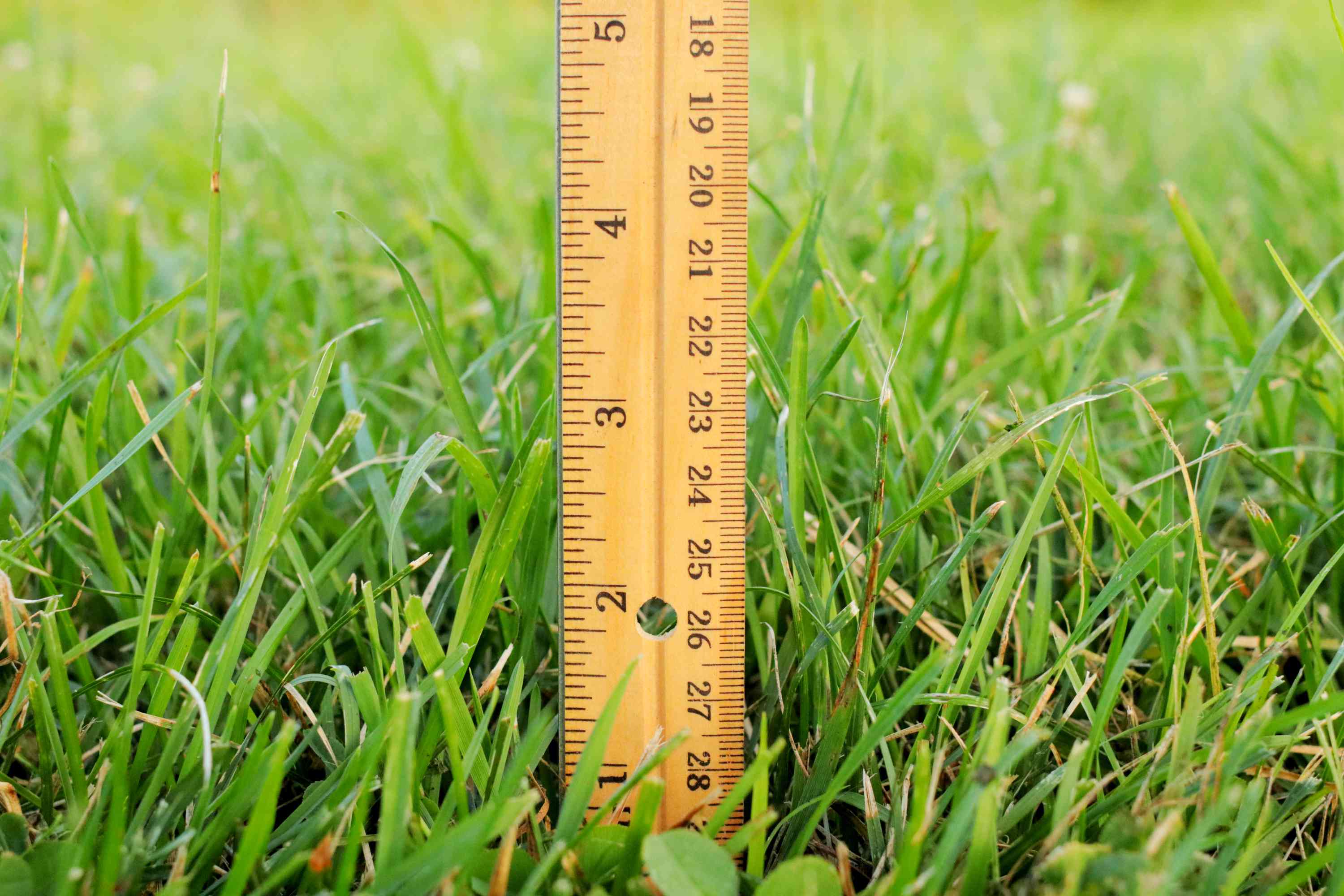
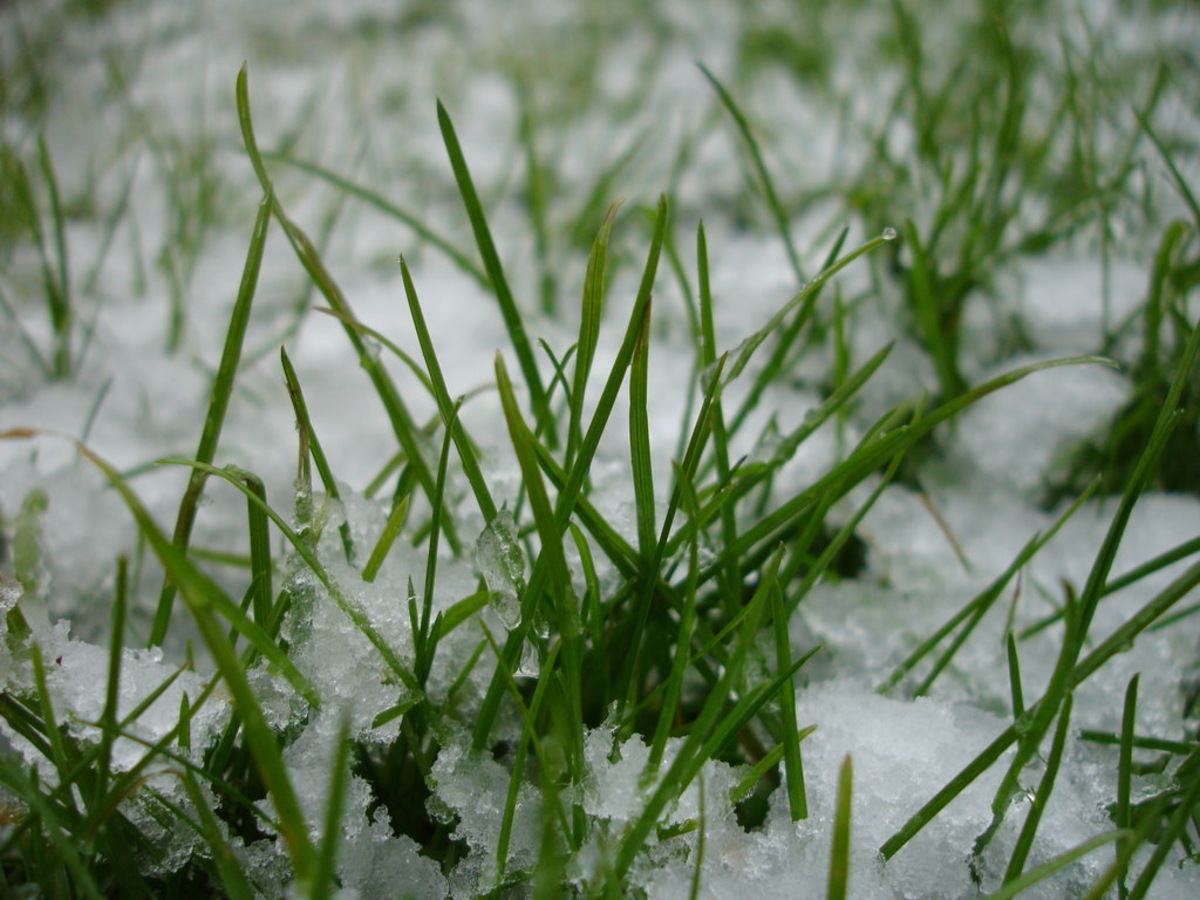

0 thoughts on “How To Regrow My Grass”